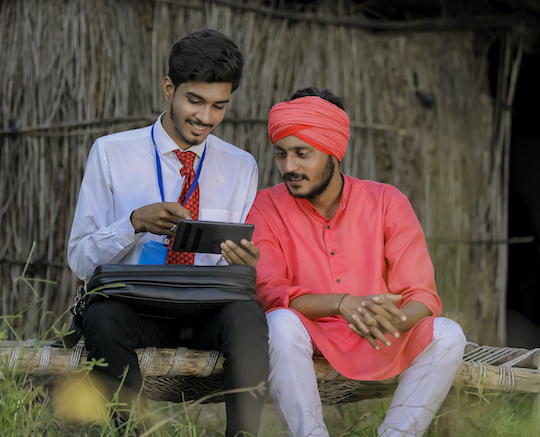

This Better Than Cash Alliance report details principles for building responsible digital payment systems. An update to BTCA’s 2016 publication, the report emphasizes the importance of consumer trust driven by reliability, interoperability between services, and conscious efforts to include marginalized communities, particularly women.







 Ennatu Domingo, Chloe Teevan
Ennatu Domingo, Chloe Teevan 













